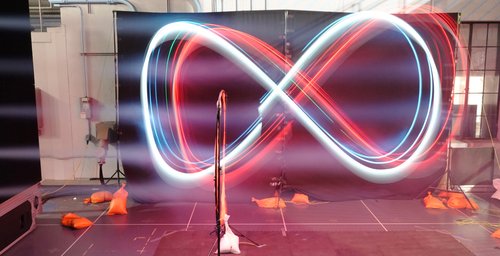
Researchers at Caltech have developed a deep-learning method that can help drones cope with new and unknown wind conditions in real-time. Called Neural-Fly, the neural network teaches the drone how to survive extreme wind similar to tornado or hurricane conditions using artificial intelligence (AI) and machine learning.
Autonomous quadrotor drones were initially subjected to as little 12 minutes of flying data in various wind conditions. The drones were then tested in the Center for Autonomous Systems and Technologies (CAST) Real Weather Wind Tunnel – an array of more than 1,200 miniature computer-controlled fans that allow engineers to simulate everything from a light gust to a hurricane- where they were tasked with flying in a pre-described figure-eight pattern while encountering winds up to 27 miles (~43 km) per hour. Importantly, this wind speed was twice as fast as the wind speeds the drones had previously encountered – demonstrating that Neural Fly could adapt to new conditions in real-time. Their error rate during testing was up to 2.5 times to 4 times smaller compared to drones equipped with the current state-of-the-art adaptive control algorithms.
The researchers were also able to demonstrate flight data gathered by an individual drone can be transferred to another drone, potentially building a pool of knowledge for a swarm of autonomous vehicles.
“The issue is that the direct and specific effect of various wind conditions on aircraft dynamics, performance, and stability cannot be accurately characterized as a simple mathematical model,” Soon-Jo Chung, Bren Professor of Aerospace and Control and Dynamical Systems, said. “Rather than try to qualify and quantify each and every effect of turbulent and unpredictable wind conditions we often experience in air travel, we instead employ a combined approach of deep learning and adaptive control that allows the aircraft to learn from previous experiences and adapt to new conditions on the fly with stability and robustness guarantees.”
